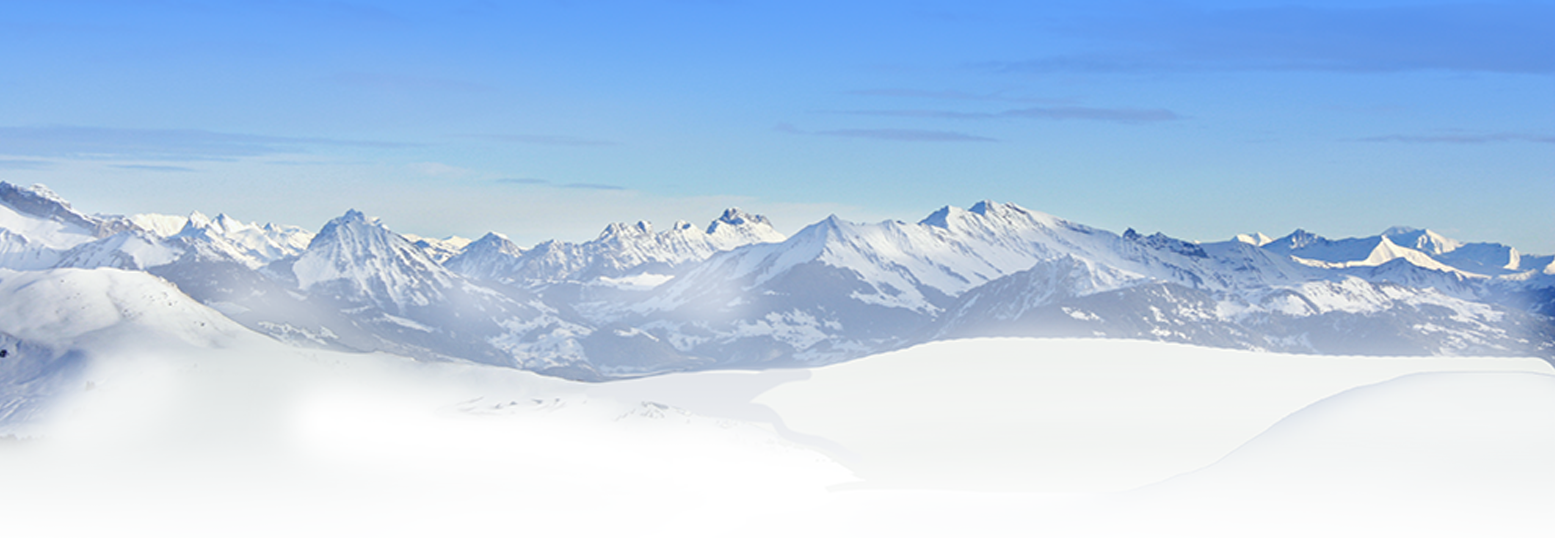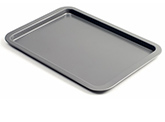
High Altitude Baking — All your questions answered

High Altitude Baking — All your questions answered
This text is an excerpt from the book, Pie in the Sky, by Susan G. Purdy
At high altitude shiny or matte-finish pans of fairly heavy quality work better than those that are thin, warped, or with scratched nonstick surfaces. Avoid heavy black steel pans because they hold heat and give cakes a dark crust.
 Tube Pans
Tube Pans
At 7000 feet and above, (and especially at 10,000 feet), heavy dense cake batters rise more in tube pans than in any other shape because the tube carries heat to the center of the batter, making it set before the top crusts over.
 Cookie Sheets
Cookie Sheets
Use only single-layer cookie sheets at all altitudes above sea level. Double layer, insulated, or cushioned cookie sheets prevent adequate heat from reaching the bottom of the cookies, so they either don’t brown fast enough or don’t brown at all. For good results and a crisply browned cookie, you need plenty of heat.
Baking Parchment, Wax Paper, And No-Stick Baking Mats
 At high altitude, cakes have a tendency to stick to the pan more than they do at sea level. From sea level to 2,000 feet, pans can be prepared by greasing and dusting with flour. Above 2,000 feet, cake pans should be greased, lined with baking parchment or wax paper (or foil pressed in place in a Bundt pan), then greased and floured (tap out excess flour).
At high altitude, cakes have a tendency to stick to the pan more than they do at sea level. From sea level to 2,000 feet, pans can be prepared by greasing and dusting with flour. Above 2,000 feet, cake pans should be greased, lined with baking parchment or wax paper (or foil pressed in place in a Bundt pan), then greased and floured (tap out excess flour).
Oven Thermometers
 Ovens are notoriously inaccurate, and most bakers get used to their cranky appliances and learn how to adapt to their foibles. Even brand new ovens rarely hold accurate calibration for long. In high altitude baking, oven temperatures are critical; a variation of 15 to 25 degrees can make the difference between a cake that rises or falls. Use an auxiliary thermometer instead of the exterior heat indicator to determine the actual oven chamber heat.
Ovens are notoriously inaccurate, and most bakers get used to their cranky appliances and learn how to adapt to their foibles. Even brand new ovens rarely hold accurate calibration for long. In high altitude baking, oven temperatures are critical; a variation of 15 to 25 degrees can make the difference between a cake that rises or falls. Use an auxiliary thermometer instead of the exterior heat indicator to determine the actual oven chamber heat.